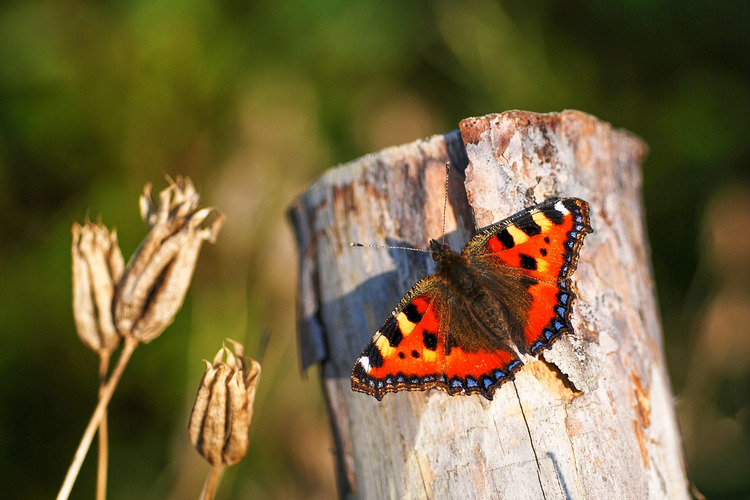
More than half of butterfly species across UK in long-term decline – but there are ways to help boost numbers
By
Vital for pollination, as well as a much-needed food source within many ecosystems, the presence of butterflies is a hallmark of a thriving environment.
But, for the first time on record, new data from the UK Butterfly Monitoring Scheme (UBMS) has revealed more than half of butterfly species across the UK are in long-term decline.
The data – collected from volunteers across the country – painted a bleak picture for the future of many butterfly species. Nine species surveyed had their lowest numbers since records began, such as the Small Tortoiseshell, Chalk Hill Blue and Small Copper. In particular, the Small Tortoiseshell is of particular concern to conservationists; a butterfly that has seen its numbers dwindle by 86 per cent since it was first recorded back in 1976.
Others, like the Common Blue, Gatekeeper and Large White – species often found in gardens, parks and the wider countryside – were found to have experienced the second-worst year ever recorded in terms of population numbers.
Enjoying this article? Check out our related reads:
Overall, out of 59 UK species, 51 declined and just six showed any increase at all, making 2024 the fifth worst year for UK butterflies.
Although butterfly species fluctuate each year, the decline seen in 2024 is marked and, according to Head of Science at Butterfly Conservation Dr Richard Fox, ‘brought about by human actions’. In particular, last year’s wet spring and relatively cool summer further exacerbated the drop in butterfly numbers.
‘We have destroyed wildlife habitats, polluted the environment, used pesticides on an industrial scale and we are changing the climate,’ said Fox.
‘That means that when we have poor weather, these already-depleted butterfly populations are highly vulnerable and can’t bounce back like they once did – and with climate change, that unusual weather is becoming more and more usual.’
What can be done to help butterflies?
There are steps that can be taken to help conserve these valuable specie. One such approach is simple yet effective: letting long grass grow in gardens. Even allowing small patches of grass to grow unrestricted boasts significant potential, as butterflies fly to – and breed within – these rewilded areas.

One study found that, in doing so, butterfly numbers can increase by up to 93 per cent and consequently attract further species toward these environments.
Another way to help is by planting flowering ivy, a plant that increases the number of butterfly species such as the Holly Blue, Red Admiral and Comma. Once grown, the insects can use ivy as both a breeding habitat and source of nectar.




